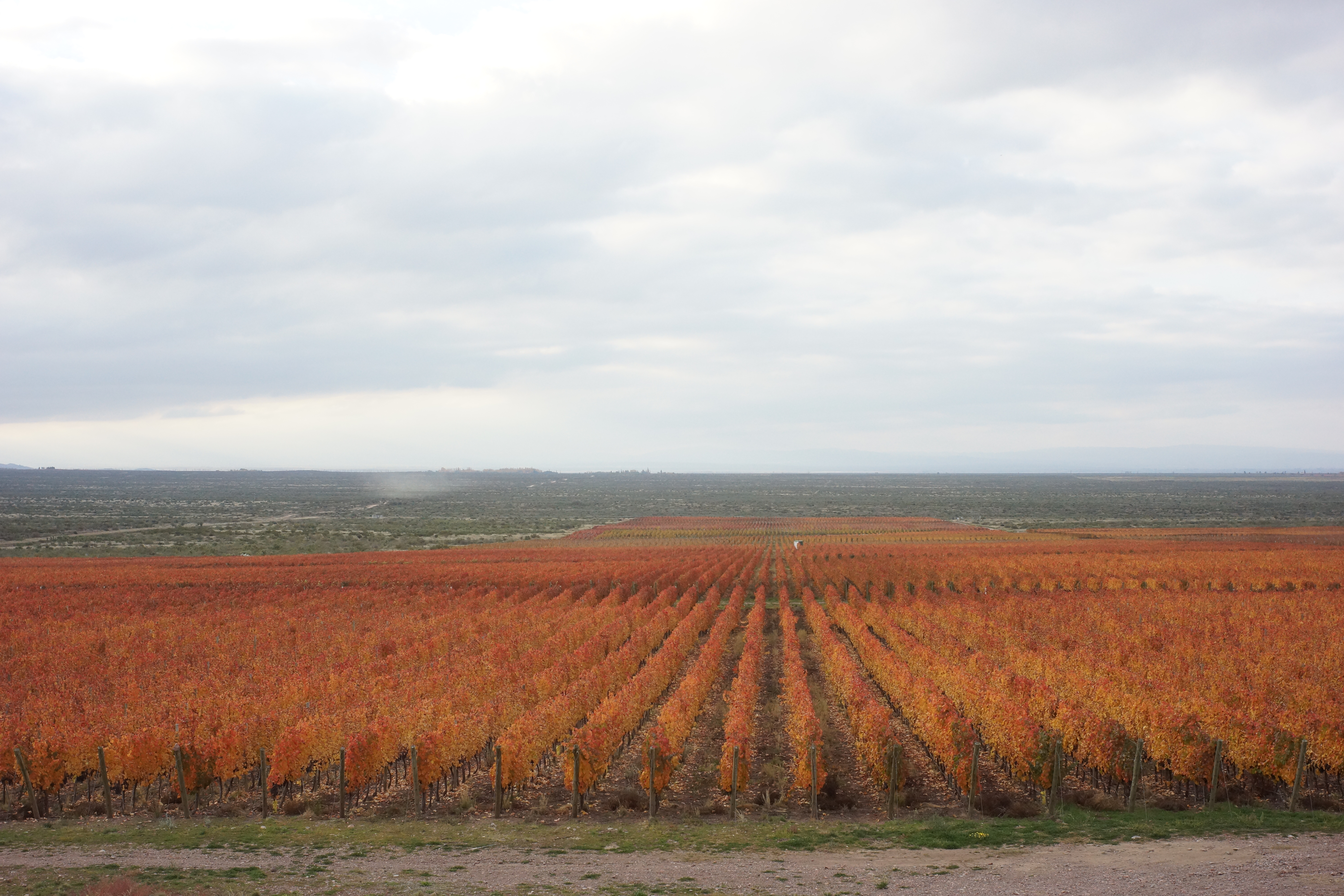Tasting Report: Argentina’s Great Minerality

Even though many consumers still look to Argentina for big and bold reds, the country’s top wine producers appear to be moving towards more refined wines overall that offer power yet finesse. This in turn gives their reds the transparency to produce wines that better communicate their unique soils and climates.
“I am looking for minerality in my wines,” says Macello Pelleriti, who makes wine at Monteviejo, as well for his own project, Abremundos. The latter winery is making some of the most exciting wines in Argentina at the moment, from great single-vineyard wines to value bends. “All great wines of the world have minerality, and you simply cannot achieve this if you make overripe reds… I will show the world that minerality exists in Argentina.”
Overripe reds, the hallmark of Argentina – for decades – did indeed diminish the intrinsic quality of the wine culture of Peleritti’s exciting country. Combine this with lots of new wood in the cellar maturation of the wines, and it makes it almost impossible to understand exactly where the wines come from.
“I am using less new oak because I think people are looking for balance,” says Hans Vinding-Diers, the owner and winemaker of Patagonia’s Bodega Noemia. I rated his recently released top red 98 points. It shows richness yet balance and intensity. “It's so important,” he tells me, “that we are trying many things to look for balance in our wines.”

Balance, harmony and complexity were certainly the key points I was looking for when it came to the reds I tasted this year from Argentina. I was in the country for almost 10 days in April and tasted about 600 wines. I carried out most of the tastings in the region of Mendoza, though I also tasted in Patagonia and Buenos Aires. (I already posted my thoughts and reviews on Patagonia a few weeks ago.) As I previously wrote, 2013 and 2012 look to be excellent vintages in all regions in Argentina, although 2014 is less consistent. As for 2015, it will likely be even more inconsistent due to the hail and wet weather before and during the harvest, particularly in Mendoza.
The center of the universe of Argentine wine for the moment is still Valle de Uco – for both whites and reds. Uco has the largest concentration of intense geological foundations at the base of the Andes. Not only do the soils impart breathtaking mineralty to the wines, but the cooler climate creates the opportunity for firmer, more linear and more complex bottlings. As Sebastian Zuccardi of the prestigious winery of Zuccardi says, it’s all about texture now for great wines of Argentina, and the best clearly show the incredible character of zones, vineyards and microclimates.
The wines below, especially those that I rated with the highest scores, show this tendency. Enjoy and let me know your thoughts.